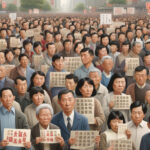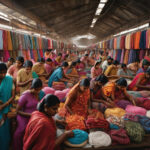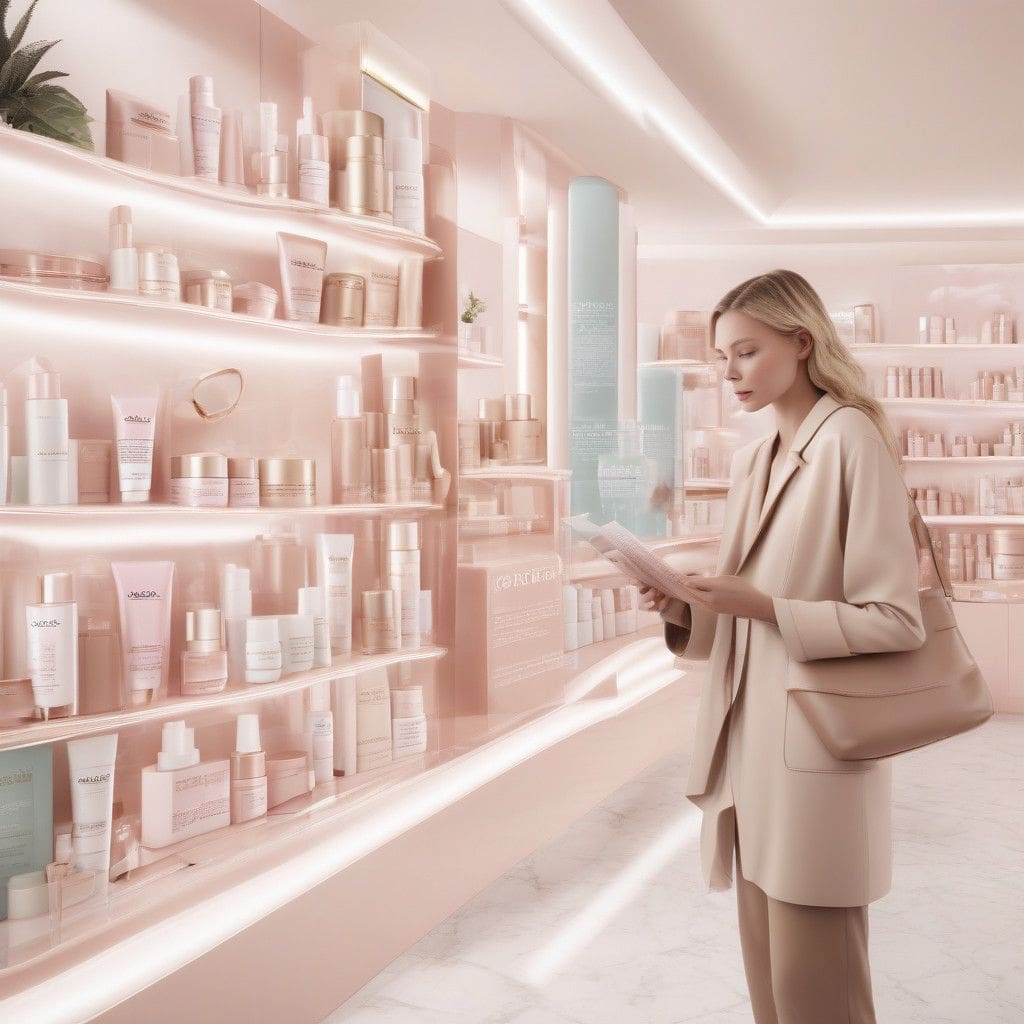In a surprising turn of events, L’Oréal’s once-unstoppable skincare dominance is facing challenges that have left industry analysts and investors concerned. The French beauty conglomerate recently reported its third-quarter sales, revealing a meager growth rate of just 0.8% in its dermatological beauty division, which includes highly popular brands like Cerave and Skinceuticals. This disappointingly low figure sharply contrasts with the estimated 11% growth anticipated by analysts.
For a company that has experienced quarterly growth of over 20% in this division since its establishment in 2022, it marks a significant downturn. The dermatological beauty segment has been a key driver for L’Oréal, helping to elevate the company’s overall revenue, but recent numbers imply a potential turning point driven by increased competition and structural challenges in the retail environment.
The Competition Ramps Up
Chief Executive Nicolas Hieronimus pointed out that slowed growth in the US market was a primary driver of the division’s underperformance. A notable decline in consumer spending also appeared to be a common thread among L’Oréal’s competitors, such as Coty and Unilever. However, while these companies might share similar pressures, the specific reliance of L’Oréal’s dermatological products on struggling American drugstores represents a unique vulnerability. Notably, chains like CVS and Walgreens have reported significant revenue declines, limiting the distribution channels that have historically benefited L’Oréal’s brands.
The shift toward independent brands further complicates the landscape. For example, competitors such as The Ordinary from Estée Lauder and the up-and-coming Byoma are effectively targeting consumers by offering affordable options and trendy marketing strategies that resonate with the current market’s demands. As these indie brands gain traction, L’Oréal faces the challenge of maintaining its once-unassailable market share in the clinical skincare sector.
An Unfavorable Comparison
Part of L’Oréal’s recent troubles can be attributed to the unique circumstances of the previous fiscal year, which included one-time insurance payouts that skewed comparison figures in 2023. This factor was highlighted by Hieronimus, who stated that even when accounting for these fluctuations, results remained below expectations. This backdrop complicates L’Oréal’s narrative and raises questions about its ability to drive meaningful innovation within its existing product lines.
Emergence of Market Saturation
Another critical aspect affecting L’Oréal’s performance is the maturity of the US skincare market. Analyst Molly Wylenzek suggests that the dermatological beauty segment might be reaching its natural ceiling, particularly in the US, characterized as the most penetrated market globally for clinical skincare products. As this market reaches saturation, maintaining rapid growth becomes increasingly difficult amidst dwindling consumer excitement.
International Performance Varies
On a brighter note, Hieronimus and Chief Financial Officer Christophe Babule have noted that regions outside the US, such as Europe and Asia, are still showing positive momentum for the dermatological beauty division. There, L’Oréal is often perceived as a market builder, with potential for growth as these regions adopt clinical skincare products.
Despite the geographical diversification, the US market remains crucial to L’Oréal’s overall strategy. They are looking to solidify their position by investing in marketing and product innovation to attract distracted consumers, particularly Gen-Z shoppers who are highly influenced by trends on social media platforms.
The Path Forward
To regain its footing, L’Oréal must pivot and focus on fresh product lines—indeed, expansions such as a new Cerave shampoo line and enhanced body care products are forthcoming. But leadership recognizes that they must also retain the loyalty of younger consumers who may be tempted by the competitors offering similar products backed by compelling brand narratives.
Investing in effective marketing campaigns and ensuring that dermatologists continue recommending its products will be critical in reestablishing L’Oréal’s reputation among discerning consumers. The company has already initiated outreach programs to forge stronger connections with healthcare professionals, which will be vital in building credibility as it seeks to navigate these troubled waters.
With growth expectations reshaped and the competition heating up, L’Oréal faces a critical juncture. The challenges presented by mature markets and shifting consumer preferences are significant, yet they also provide an opportunity for the brand to adapt and innovate.
As the beauty giant strives to rewrite its narrative, the coming months will be pivotal in determining whether its storied dermatological beauty division can regain the trajectory that once made it a market leader.












